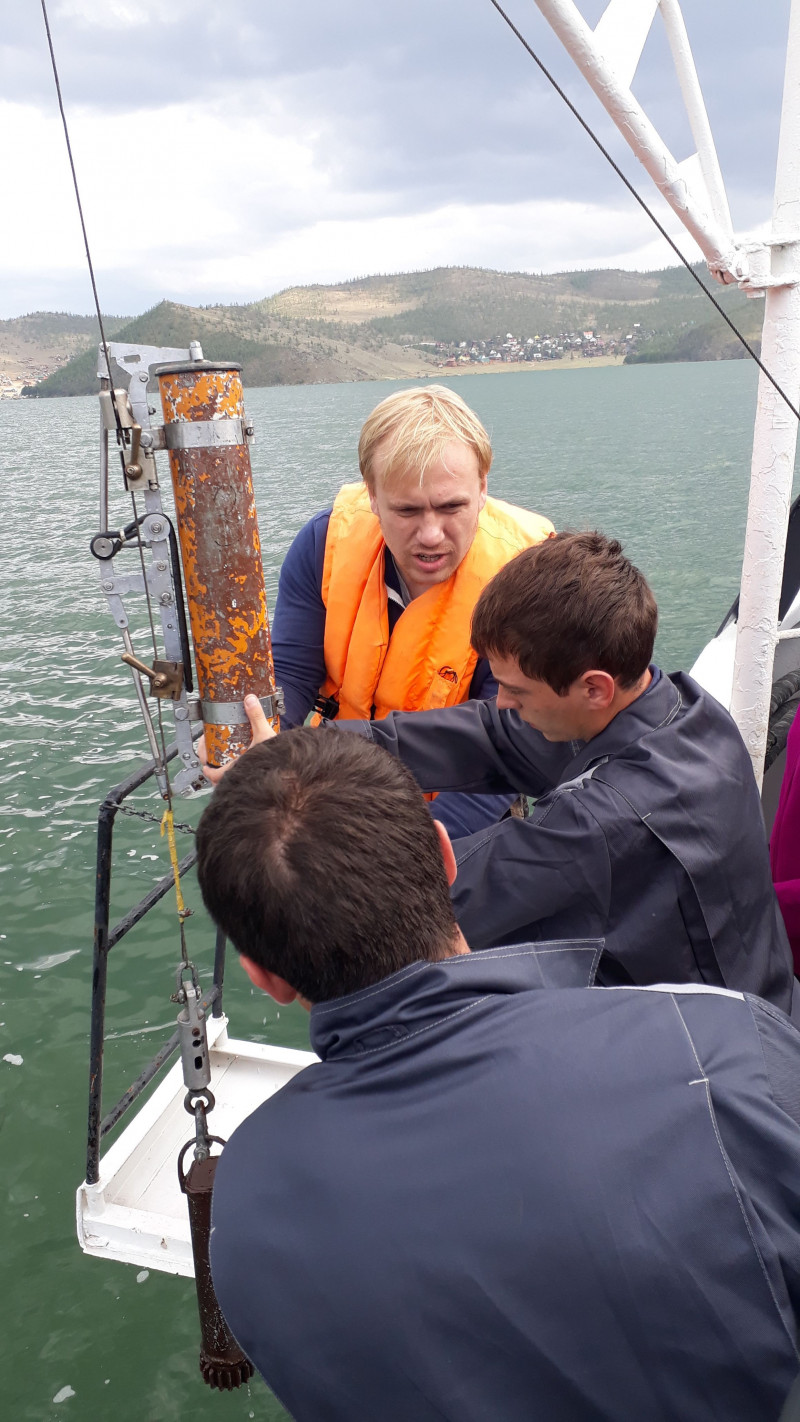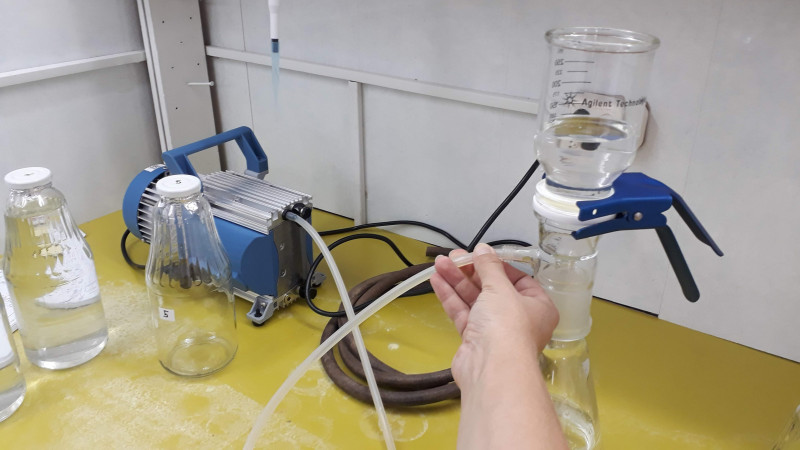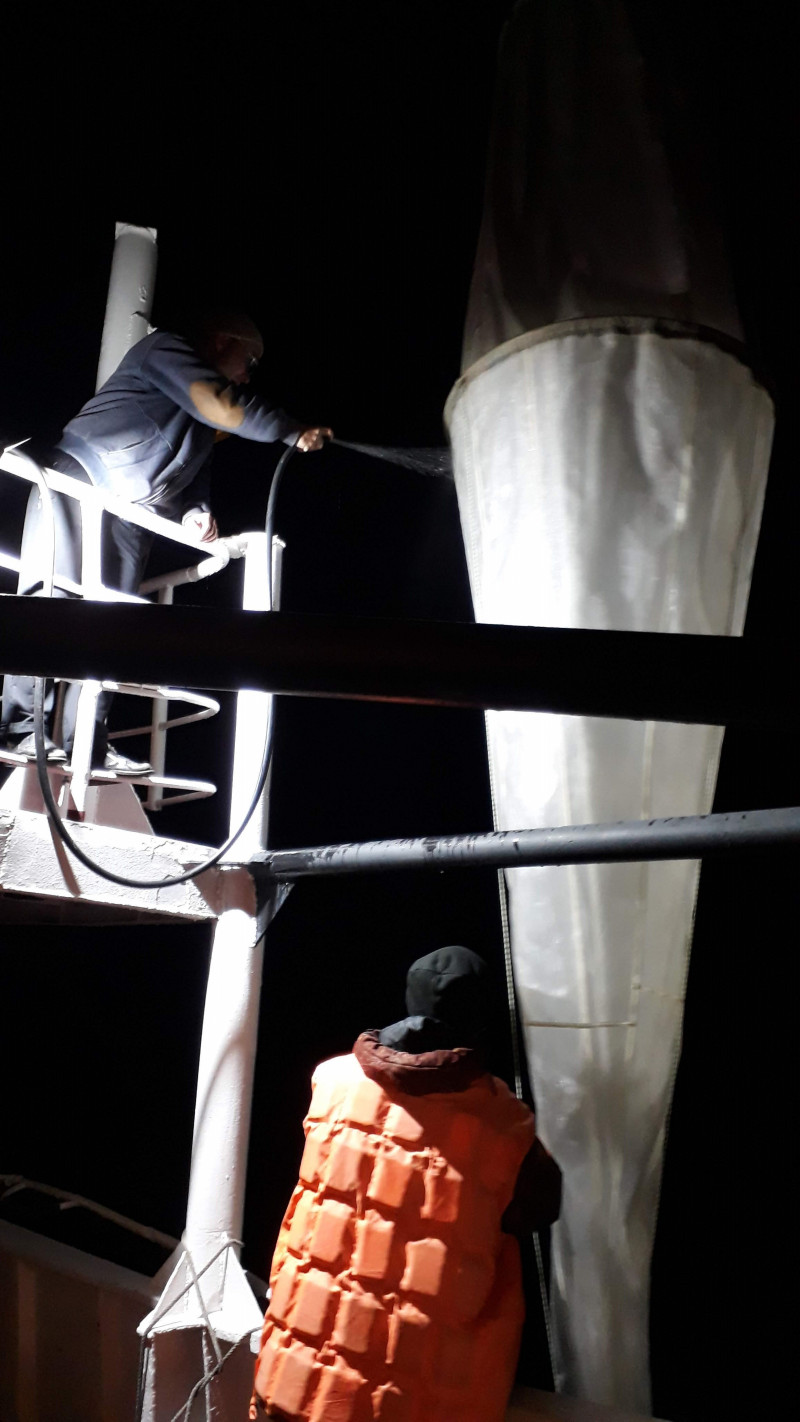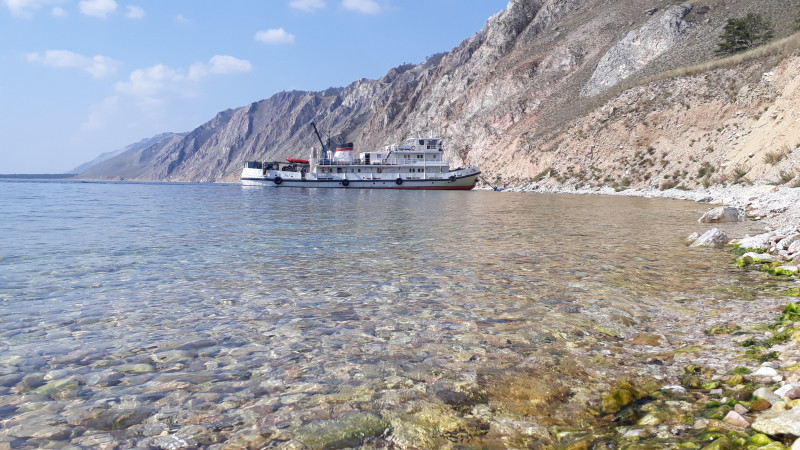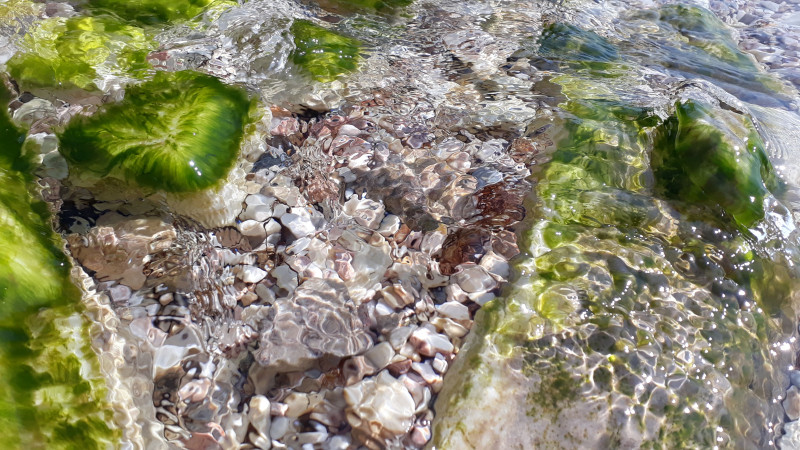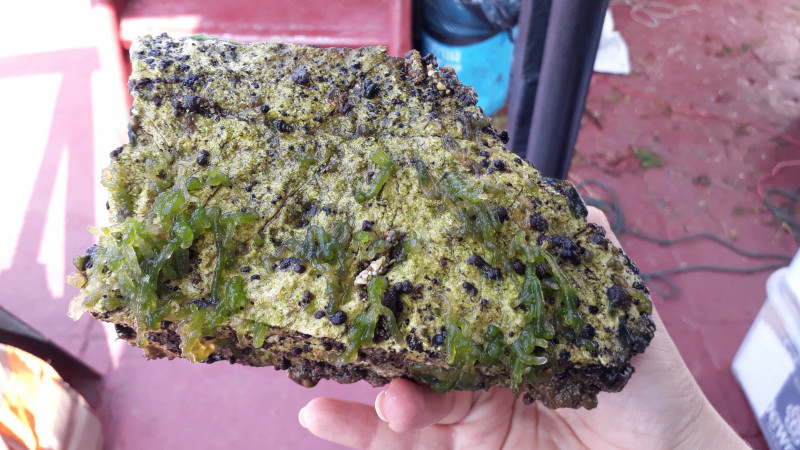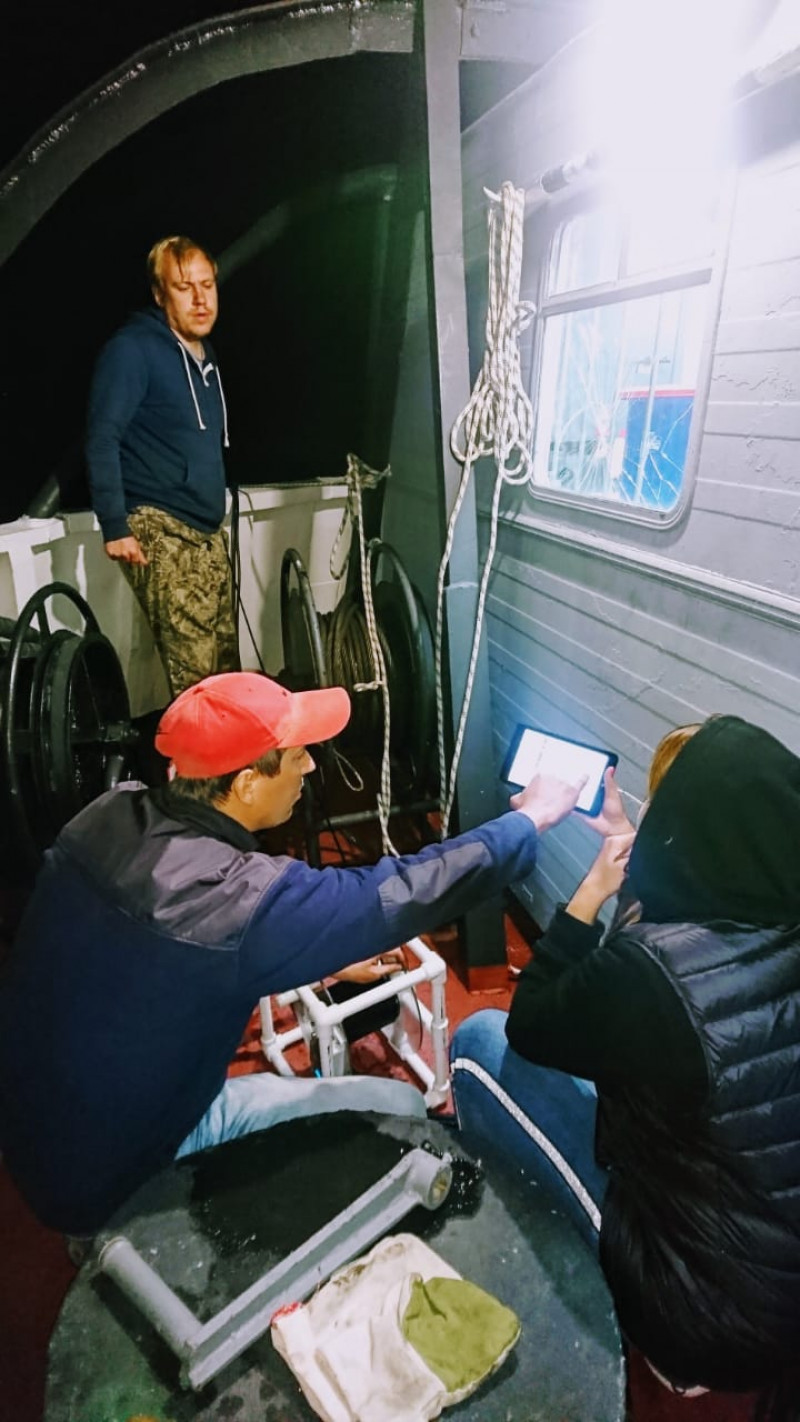Expedition onboard RV “V.A. Koptyug”, August 19-23, 2019
The expedition within the framework of the programme “Ecological and Economic Assessment of the Functioning of Freshwater Biocenoses ...” was carried out onboard the RV “V.A. Koptyug”, August 19-23, 2019 in the water area of the Maloye More Strait (Lake Baikal).
The aim of the expedition was to study the risks and problems of stocking the Maloye More Strait. The need for such an expedition was due to the 2017 ban to catch omul in Lake Baikal, which has led to great negative socioeconomic consequences for the residents of the lake coast.
During the expedition, several tasks were fulfilled: i) the rivers inflowing to the Strait were examined, and their hydrological features were evaluated; ii) the water was sampled for the hydrochemical and hydrobiological analyses; iii) net sampling of zooplankton and hydroacoustic survey were performed; iv) underwater photo and video recording of the bottom was carried out in areas with high anthropogenic load. In total, 16 stations were investigated.
Analysis of the obtained data has shown that zooplankton is distributed unevenly through the area of the Maloye More Strait; the larger specimens adhere to greater depths. Hence, the main school of feeding omul concentrates at the same depths, closer to the outlet from the Maloye More Strait. The hydroacoustic survey and the data on a JFE Rinqo-AAQ17 CTD profiling probe confirm the obtained results.
During the underwater photo and video recording by an OPEN-ROV, the bottom along the transects near Shida Cape, in Zagli Bay and the MRS (Sakhyurta) settlement as well as along the transect between Zama and Zunduk capes were examined to determine the degree of fouling development. At the latter stations, scuba divers collected phytobenthos samples by the Stone-unit method, and the area of the projective bottom cover with algae was estimated. The further processing and analysis of the collected samples will provide insight into the taxonomic composition of meio- and macroalgae and their quantitative traits, which will expand the understanding about their contribution to an overall production potential of the communities of hydrobionts in studied areas of the Maloye More Strait.
Hydrological features of the inflowing rivers were analysed for three tributaries: the rivers Kuchulga, Zunduk and Sarma. The water flow and temperature were measured. The water was sampled for hydrochemical analysis.
The results of the works have come to the monitoring of one of the five fishing areas at Lake Baikal, identification of functioning specifics of the ecosystem and assessment of a possible anthropogenic load and well as an expert assessment of the development prospects and conditions for fisheries.




